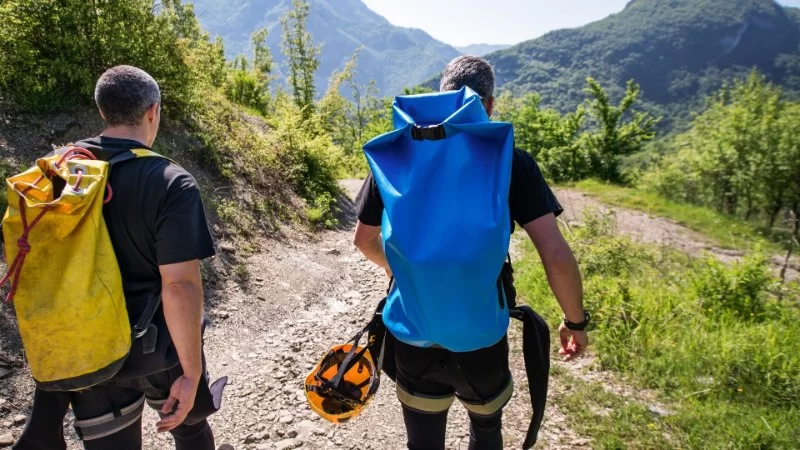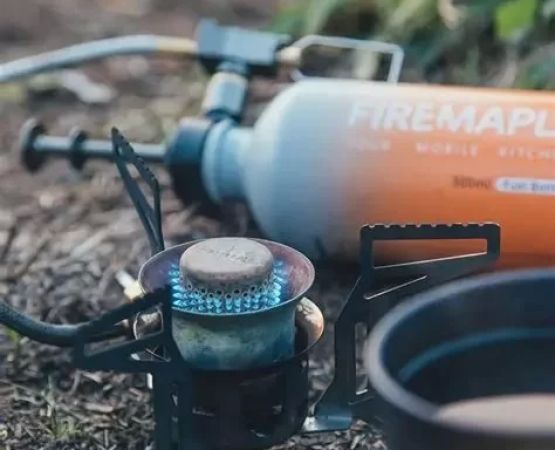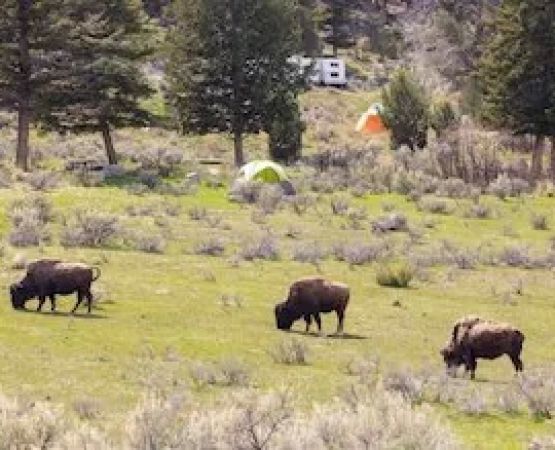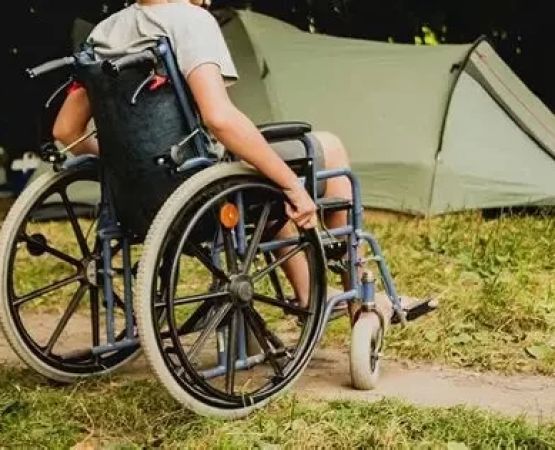- 1 - Why Outdoor Safety is Essential for Solo Adventurers
- 2 - Key Safety Tips for Solo Adventurers
- 3 - How to Prepare for a Safe Solo Adventure
- 4 - Essential Gear for Solo Adventurers
- 5 - Real-Life Example: A Solo Adventurer's Safety Story
- 6 - Additional Resources for Solo Adventurers
1. Why Outdoor Safety is Essential for Solo Adventurers
Solo adventuring—whether hiking, camping, or exploring remote wilderness areas—can be an exhilarating and fulfilling experience. However, it comes with its own set of risks that make outdoor safety critical for solo adventurers. When you’re on your own in the wild, there is no one around to help if something goes wrong. This is why understanding and practicing outdoor safety principles is essential for anyone venturing into the great outdoors alone.
1.1 The Risks of Solo Adventuring
Going solo can amplify certain risks, including the possibility of accidents, weather changes, getting lost, or wildlife encounters. Without a companion, there’s no immediate support if something goes wrong. In many cases, a lack of preparation and proper safety knowledge can turn a simple hike into a dangerous situation. That’s why solo adventurers need to be extra cautious and prepared to face the challenges that come with exploring nature alone.
2. Key Safety Tips for Solo Adventurers
To ensure a safe and enjoyable solo adventure, you must follow certain safety practices. Below are some key tips that will help you stay safe during your outdoor excursions:
2.1 Plan Your Route and Share Your Itinerary
One of the most crucial steps for any solo adventurer is to plan your route thoroughly. Research your destination, understand the terrain, weather, and any potential hazards you might face. Always share your itinerary with a friend or family member, including details about when you plan to return. This will help authorities locate you if anything goes wrong.
2.2 Carry Communication Devices
While cell service is often unavailable in remote areas, carrying a satellite phone, a personal locator beacon (PLB), or a satellite messenger can be life-saving. These devices allow you to communicate in emergency situations, which is vital when adventuring solo. Having a means of communication gives you the security of knowing that help is available in case of an emergency.
2.3 Stay on Marked Trails
Getting lost is one of the biggest risks when adventuring alone. Stick to well-marked trails, and if possible, use a GPS device or a map to keep track of your location. Make sure you are familiar with the trail conditions before heading out, and avoid straying from designated paths, especially in unfamiliar terrain.
3. How to Prepare for a Safe Solo Adventure
Proper preparation can make all the difference when it comes to ensuring a safe solo adventure. Here’s how you can prepare effectively:
3.1 Train Your Body and Mind
Solo adventuring requires both physical and mental strength. Prepare by engaging in regular physical training, focusing on strength, endurance, and stamina. Mental preparation is just as important; solo adventurers must stay calm, especially in stressful or emergency situations. Practice problem-solving and resilience-building techniques so that you can remain focused and adaptable during your trip.
3.2 Research Weather and Seasonal Conditions
Weather can be unpredictable, and understanding the climate patterns in your area is essential for a safe adventure. Always check weather forecasts before your trip and pack accordingly. Be prepared for sudden changes in weather, such as rain or temperature drops, and ensure your clothing and gear will protect you in these conditions.
4. Essential Gear for Solo Adventurers
Carrying the right gear is vital to ensure a safe solo adventure. The following gear is essential for outdoor safety:
4.1 Navigation Tools
A reliable map, compass, or GPS device is a must-have for solo adventurers. These tools will help you stay on course and avoid getting lost. Additionally, having a backup power source for your GPS or phone is crucial in case your primary device runs out of battery.
4.2 First Aid Kit
Accidents can happen, and having a well-stocked first aid kit can make a significant difference in case of injury. Include bandages, antiseptic wipes, pain relievers, splints, and any personal medications. If you’re venturing into more remote areas, consider taking a wilderness first aid course to better prepare for medical emergencies.
4.3 Lightweight and Durable Clothing
When adventuring alone, it’s crucial to wear appropriate clothing that is both durable and lightweight. Layering is essential to handle changing weather conditions. Always carry an extra set of clothes in case your gear gets wet or damaged. Make sure your footwear is comfortable and suitable for long hikes.
5. Real-Life Example: A Solo Adventurer's Safety Story
Let me share a story from my own solo adventure. Last summer, I decided to hike through a remote section of [National Park]. I planned the route, packed my gear, and left early in the morning. However, about halfway through my journey, I encountered an unexpected downpour. Thanks to the rain gear I packed and the map I had, I was able to find shelter and navigate my way safely back to the trailhead. This experience reinforced the importance of preparation, having the right gear, and staying calm in difficult situations.
6. Additional Resources for Solo Adventurers
If you're looking for more information on outdoor safety, there are many resources available online, including forums, blogs, and safety courses specifically tailored to solo adventurers. Websites like Pine Cliff Resort provide great insights into how to prepare for various solo adventures, from hiking to camping. It's always a good idea to keep learning and stay updated on the latest safety practices.







